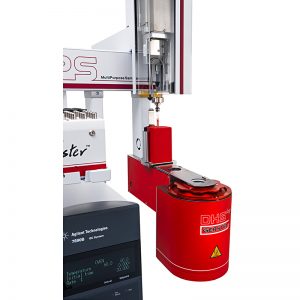An automated micro-scale chamber method based on 2,4-dinitrophenylhydrazine (DNPH) derivatization and Tenax TA adsorption, for sampling formaldehyde, acetaldehyde, acetone, acrolein, as well as volatile organic compounds (VOCs) was developed. Following the sampling step, the Tenax TA tubes were immediately transferred to a thermal desorption (TD)-GC/MS system for analysis. The DNPH tubes were transferred to an autosampler tray for temporary storage and later eluted and analyzed by high performance liquid chromatography (HPLC) using a diode array detector (DAD).
Different wood-based products were analyzed for their emissions of the target compounds. Different emission values of formaldehyde, acetaldehyde and acetone were obtained, no acrolein was detected in any of the samples. The hexanal emission values obtained using the DNPH-HPLC method and Tenax-GC method were compared. The results showed that using the DNPH-HPLC method for determination of hexanal concentrations in chamber air resulted in analyte discrimination with lower emission values being reported. Finally, the long term emission behavior of a medium-density fi ber board (MDF) was determined based on both DNPH-HPLC-DAD and Tenax TA-TD GC/MS analysis.



